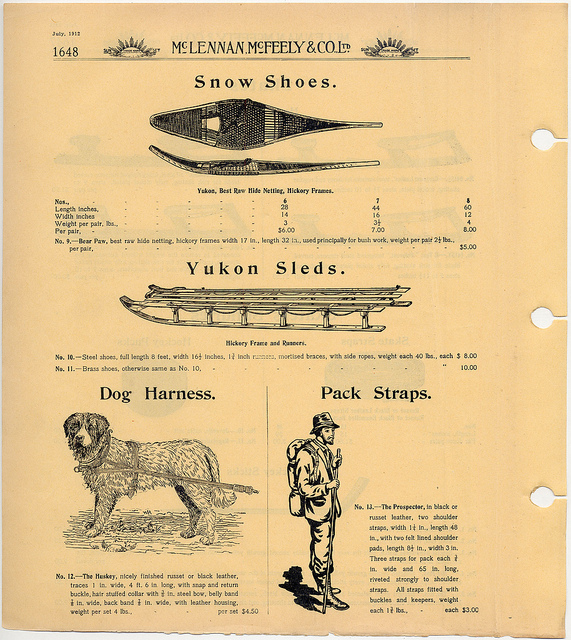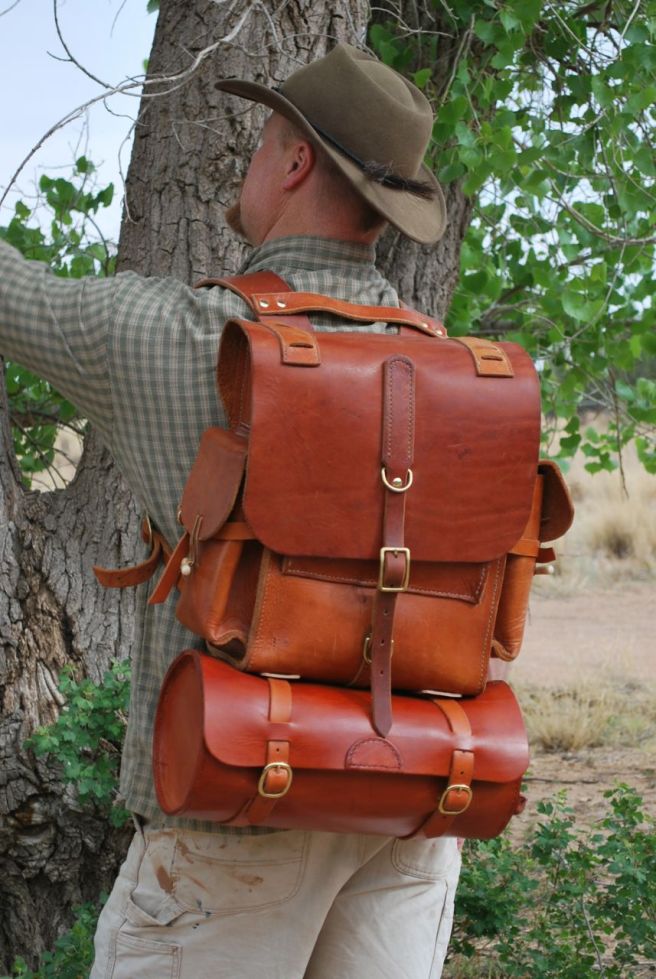One of the better things about modern communication is the ability to meet and talk to people from nearly all parts of the globe. I have been in communication with Jacob from Botswana for years now and he has shared some photos of the beautiful backpack he made based on my earlier design. That one now resides in Montana and I hope serves some function for its owner. My personal pack has since been replaced by this one and is my new favorite piece of gear. But enough about me.
 Right now, according to Google Maps, I am about 13,670 km from central Botswana and am unlikely to ever make it there, though not for lack of wanting to. However, the internet allowed us to connect across a vast distance in space and share ideas with strangers who have common interests.
Right now, according to Google Maps, I am about 13,670 km from central Botswana and am unlikely to ever make it there, though not for lack of wanting to. However, the internet allowed us to connect across a vast distance in space and share ideas with strangers who have common interests.
 Anyway, here is Jacob’s very own leather rucksack and the two portmanteaus inspired by this post to carry his gear into the bush of southern Africa. I suspect a backpack like this will outlive us all and become a fine heirloom to pass on to the next generation.
Anyway, here is Jacob’s very own leather rucksack and the two portmanteaus inspired by this post to carry his gear into the bush of southern Africa. I suspect a backpack like this will outlive us all and become a fine heirloom to pass on to the next generation. 










 Thank you so much for sharing these Jacob. I hope it serves you well for many years.
Thank you so much for sharing these Jacob. I hope it serves you well for many years.


















